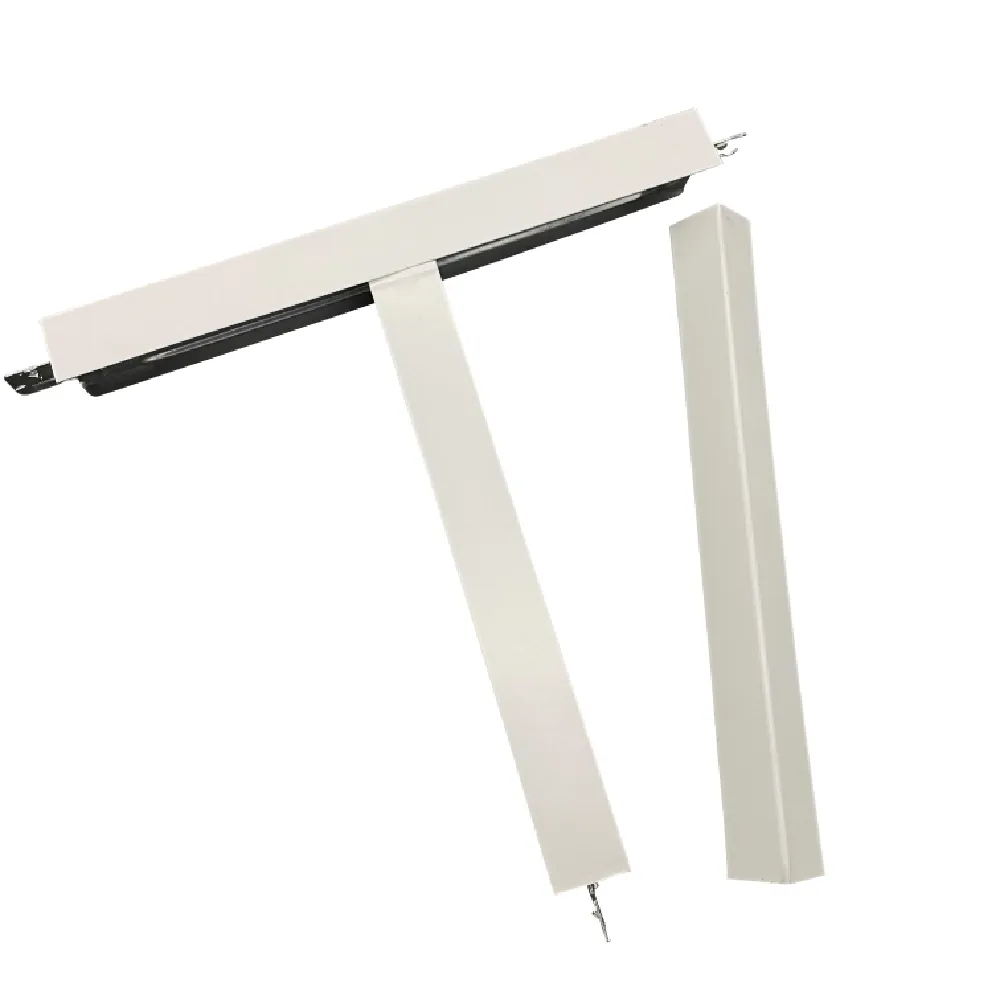Dec . 07, 2024 10:48 Back to list
frp ceiling grid
Understanding FRP Ceiling Grids A Comprehensive Overview
The world of construction and interior design has significantly evolved with the introduction of innovative materials and methods. One such advancement is the use of Fiber Reinforced Polymer (FRP) ceiling grids. These systems have gained popularity in various settings, including commercial buildings, industrial facilities, and residential spaces, due to their durability, lightweight nature, and aesthetic appeal. In this article, we will explore the characteristics, benefits, applications, and installation of FRP ceiling grids.
What is FRP?
Fiber Reinforced Polymer (FRP) is a composite material made from a polymer matrix reinforced with fibers. The most common fibers used in the production of FRP are glass, carbon, and aramid. FRP is renowned for its high strength-to-weight ratio, corrosion resistance, and versatility, making it an ideal choice for various applications, including ceiling grids.
Characteristics of FRP Ceiling Grids
FRP ceiling grids typically consist of a framework made from FRP materials that support ceiling tiles or panels. These grids come in different sizes, shapes, and load-bearing capacities to accommodate various designs and requirements. Some notable characteristics of FRP ceiling grids include
1. Lightweight FRP materials are significantly lighter than traditional materials like metal or wood. This aspect allows for easier handling and installation, reducing labor costs.
2. Corrosion Resistance One of the most significant advantages of FRP is its resistance to corrosion. Unlike metal grids, FRP does not rust or corrode when exposed to moisture, chemicals, or pollutants, making it a perfect choice for environments with high humidity or chemical exposure.
3. Durability FRP ceiling grids are designed to withstand the test of time. They can endure heavy loads without compromising structural integrity, making them suitable for both ceilings and walls.
4. Aesthetic Variety FRP ceiling grids come in various colors, finishes, and textures, allowing for seamless integration into different design themes. They can mimic the appearance of traditional materials while providing modern functionality.
Benefits of Using FRP Ceiling Grids
The adoption of FRP ceiling grids in construction and renovation projects offers multiple benefits
1. Cost-Effectiveness While the initial cost of FRP materials may be higher than traditional options, their longevity and resistance to maintenance significantly reduce long-term costs.
2. Enhanced Safety FRP is non-conductive and non-combustible, providing enhanced safety in industrial environments. Its lightweight nature also reduces the risk of injury during handling and installation.
3. Easy Maintenance FRP ceiling grids are easy to clean and maintain. Their non-porous surface prevents the accumulation of dirt and dust, ensuring a hygienic environment, particularly in cleanroom settings and healthcare facilities.
frp ceiling grid

4. Environmental Considerations Many FRP products are manufactured using sustainable practices, and their long life cycle reduces waste over time. Moreover, they can be recycled at the end of their life span.
Applications of FRP Ceiling Grids
FRP ceiling grids are used in a wide variety of applications, including but not limited to
- Commercial Spaces Retail stores, offices, and restaurants utilize FRP ceiling grids for their durability and aesthetic versatility.
- Industrial Facilities Manufacturing plants, warehouses, and chemical processing facilities appreciate the corrosion resistance of FRP, particularly in areas where exposed to harsh chemicals.
- Healthcare Settings Hospitals and laboratories benefit from FRP grids due to their ease of cleaning and hygienic properties.
- Schools and Institutions Educational facilities often choose FRP for its lightweight and safe features, making installation and maintenance easier.
Installation of FRP Ceiling Grids
Installing an FRP ceiling grid typically involves several steps
1. Preparation Ensure that the installation area is clean and free of debris. Accurate measurements are crucial for a successful installation.
2. Framework Assembly Assemble the grid framework according to the manufacturer's specifications, ensuring proper spacing and alignment.
3. Panel Installation Once the framework is installed, attach ceiling panels or tiles. This process is straightforward, thanks to the lightweight nature of the components.
4. Final Adjustments Check for levelness and make any necessary adjustments before securing everything in place.
Conclusion
FRP ceiling grids represent an innovative solution for modern construction and design needs. Their lightweight, durable, and corrosion-resistant qualities make them suitable for a range of applications across various sectors. As more designers and architects seek sustainable and efficient building solutions, FRP ceiling grids are poised to play an increasingly important role in the future of construction. Whether enhancing aesthetic appeal or ensuring safety in challenging environments, FRP ceiling grids are undoubtedly among the top choices for contemporary building projects.
-
Quality Ceiling Trap Doors & Access Panels | Easy & Secure AccessNewsAug.30,2025
-
Durable Ceiling T Grid Systems | Easy InstallationNewsAug.29,2025
-
PVC Gypsum Ceiling: Durable, Laminated Tiles for Modern SpacesNewsAug.28,2025
-
Pvc Gypsum Ceiling Is DurableNewsAug.21,2025
-
Mineral Fiber Board Is DurableNewsAug.21,2025
-
Ceiling Tile Clip Reusable DesignNewsAug.21,2025







